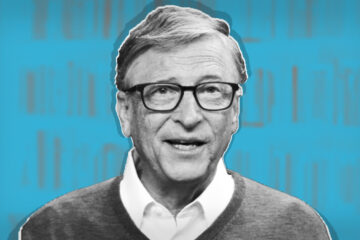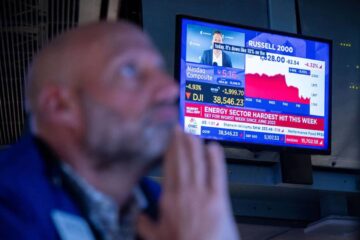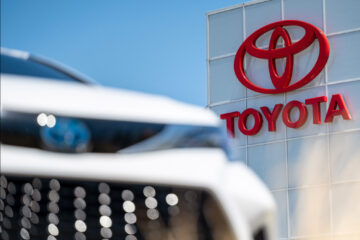Paris knows how to put on a show — but this wasn’t fashion week.
Inside the gilded walls of Salle Pleyel, better known for hosting France’s César film awards, a luxury giant hosted its shareholders’ meeting with cinematic flair. Xylophones rang out. Artsy films played on screen. Executives toasted their financial dominance with curated charm.
💰💸 Don’t miss the move: Subscribe to TheStreet’s free daily newsletter💰💸
The performance wasn’t just for show. The company posted annual revenue of €15.2 billion (about $17.3 billion), with net profit climbing to €4.6 billion (roughly $5.2 billion)— surpassing luxury titans like LVMH and Kering.
Related: Top luxury fashion brands just made a quiet change
Its CEO took the stage with confidence, brushing off economic uncertainty, looming U.S. tariffs, and a spike in counterfeit goods.
But not everyone in the audience left reassured.
From rising copycat culture to sustainability concerns and shareholder tensions, cracks in the polished façade started to show — leaving investors wondering whether the brand’s ironclad reputation may finally be facing real pressure.
The brand? Hermès International (HESAF) — maker of the ultra-exclusive Birkin bag.
Pressures are rising for Hermès, the maker of the Birkin bag.
Image source: Edward Berthelot/Getty Images
Why Hermès can’t ignore the Birkin copycat wave
CEO Axel Dumas tried to downplay the counterfeits, like the now-viral “Wirkin” bag (a well-known knockoff that mimics Hermès’s iconic silhouette for a fraction of the price).
“Our clients can feel the difference,” he said, noting Hermès has a strong anti-counterfeit team. “Sometimes you are copied.”
That casual tone didn’t sit well with some.
While Dumas may not be worried, luxury shoppers are becoming savvier. And younger consumers in particular aren’t always interested in heritage if a trendy fake looks just as good in an Instagram post.
Related: Luxury designer brand flags shift in customer behavior
According to the 2023 Global Anti-Counterfeiting Consumer Survey by Michigan State University’s A-CAPP Center, 52% of consumers globally said they’ve knowingly purchased counterfeit products, with economic benefits cited as the leading motive.
And unlike past years, this trend isn’t hiding in the shadows. TikTok users are flaunting their lookalikes and openly mocking luxury markups. One TikTok post by @styledbykristir (with over 8.6 million views) shows off the Walmart Birkin — aka the “Wirkin.” And the price? Less than $100.
That kind of visibility is hard to ignore, especially when Hermès bags regularly sell for over $10,000 — or more — on resale markets. As demand for the “look” continues to rise, Hermès’ moat of exclusivity could be narrowing.
Hermès, Birkin, and the cost of staying exclusive
Tariffs were another source of tension during the meeting. Dumas acknowledged that new trade measures could increase production costs, but said the company plans to pass those costs on to customers, whom he believes are resilient enough to absorb them.
“I’m not too worried about tariffs,” he said. “We can deal with these as we have done in years past.”
But loyalty has limits, even in luxury. If prices rise while knockoffs get better and more visible, it’s not hard to imagine some shoppers opting out. And with competitors like Louis Vuitton expanding production in the U.S. to hedge against global volatility, Hermès’ insistence on staying exclusively French may come at a cost.
“There’s a story in ‘Made in France,’” Dumas told shareholders when asked if the company would ever consider building factories elsewhere. “It is essential.”
He’s not wrong — craftsmanship is part of the brand’s identity. But as shareholders pushed for more innovation and environmental accountability, the company’s casual approach to those concerns raised some eyebrows.
Hermès still sets the gold standard. But between tariffs, copycats, and a shifting global market, even gold isn’t immune to pressure.
Related: Veteran fund manager unveils eye-popping S&P 500 forecast


